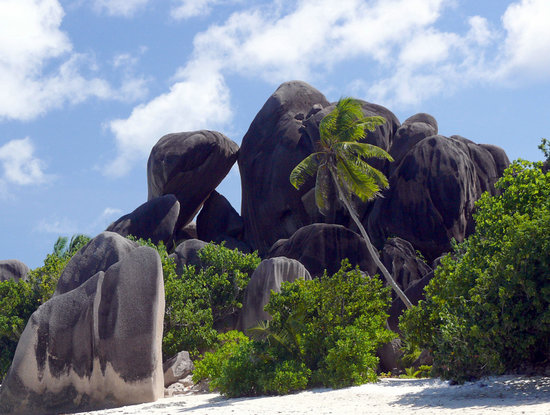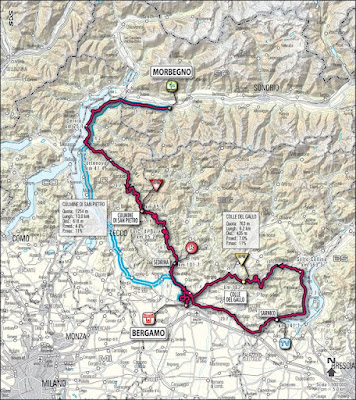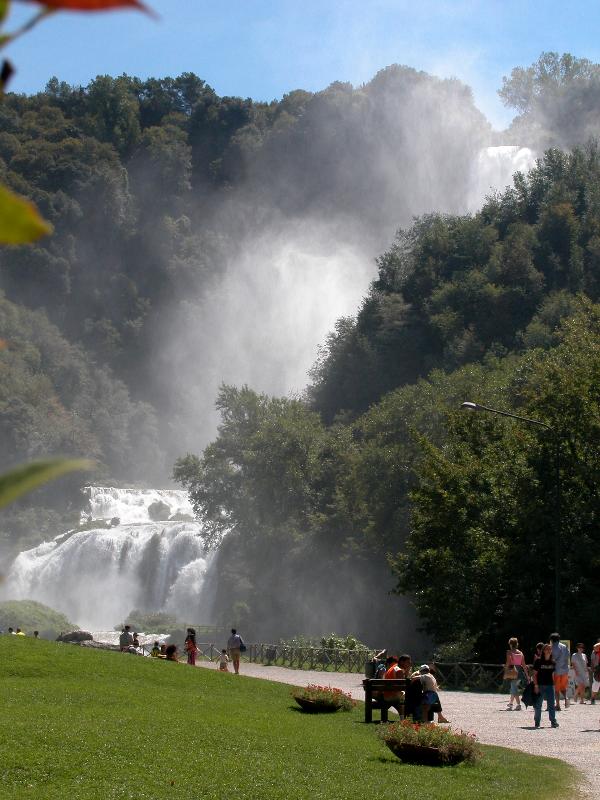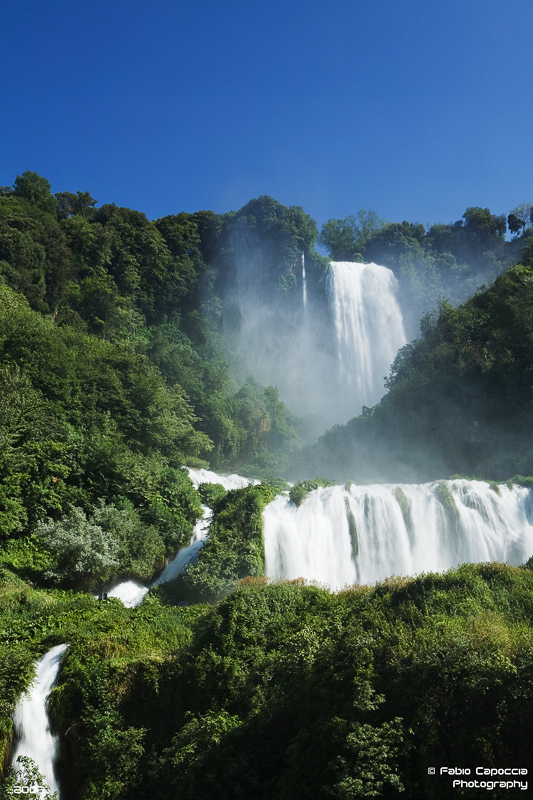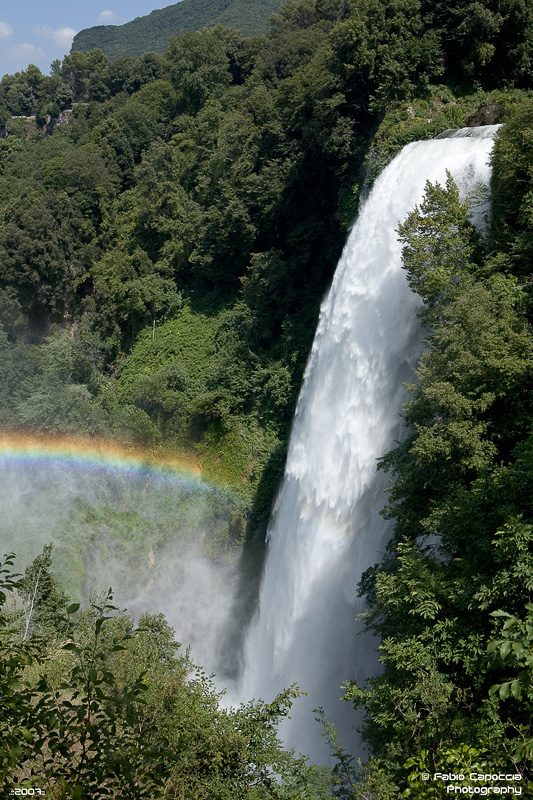The following is a city-by-city guide to some of Italy's art exhibitions:
AREZZO - Museo Statale d'Arte Medievale e Moderna: 130 works by Della Robbia family and contemporaries like Donatello and Ghiberti; plus tours around Arezzo province taking in 25 towns and 168 works; until June 7.
ASCOLI - Galleria d'Arte Contemporanea: 'Sedendo e Mirando', 130 landscapes by cartoonist Tullio Pericoli; until September 13.
BARLETTA - Palazzo della Marra: 90 land and sea paintings by Fattori, De Nittis and other 19th-century southern Italian landscape masters; until August 2.
BOLZANO - Museo Archeologico dell'Alto Adige: Iceman joined by more than 60 mummies from Ancient Egypt, Asia, South America and Oceania; until October 25.
CAVA DEI TIRRENI (SALERNO) - Galleria Civica d'Arte: Los Desastres de la Guerra, 80 etchings collected by Goya in his later years on horrors of war; until September 6.
COMO - Villa Olmo: Chagall, Kandinsky, Malevich: Masters of the Russian Avant-Garde; until July 26.
FERRARA - Palazzo dei Diamanti: Giorgio Morandi; 130 etchings demonstrate Bolognese artist's lesser-known lifelong passion; until June 5.
FLORENCE - Bargello: Gian Lorenzo Bernini, The Living Marbles; until July 12.
- Palazzo Strozzi: Galileo show marking 400th anniversary of his first observations of the night sky; 250 exhibits including the middle finger from Galileo's right hand; until August 30.
- Palazzo Pitti: Memories of Antiquity in 20th-Century Art; 130 paintings and sculptures from Etruscan, classical and Renaissance times and 20th-century works by Dali', Picasso, Modigliani, de Chirico and others; until July 12.
- Palazzo Medici: 29 outfits from Court of Lorenzo il Magnifico recreated in paper from contemporary paintings by Belgian artist Isabelle de Borchgrave; until June 14.
FORLI' - Musei di San Domenico: Canova, The Classical Ideal, Sculpture and Painting; 200 sculptures and paintings from world's galleries; until June 21.
ILLEGGIO (near Udine) - Casa delle Esposizioni: Art inspired by Biblical Apocrypha including Caravaggio's Rest During the Flight into Egypt, loaned by Rome's Doria Pamphili Gallery, Guercino, Durer, Andrea Pozzo, Byzantine and Russian icons; over 80 works, until October 4.
MAMIANO DI TRAVERSETOLO - Fondazione Mamiani Rocca: 55 Rembrandt etchings from Petit Palais in Paris; until June 25.
- Palazzo Reale: 20 Monet water lily works from Musee' Marmottan in Paris; until September 27. - same venue: First show in Italy on the samurai; helmets, weaponry and armour for warriors and horses from the Azuchi Momoyama (1575-1603) and Edo (1603-1867) periods; 100 items gathered from Milan's Castello Sforzesco and Koelliker collections; until June 2.
- same venue: Italy's biggest show marking 100th anniversary of Futurism; 500 works including Marinetti, Boccioni, Balla, Carra', Severini, Russolo; until June 7.
NAPLES - Museo Archeologico Nazionale: 400 Pompeii frescos return after 10-year restoration.
PADUA - Civici Musei agli Eremitani: 100 Years of Portrait Painting In The Age of Galileo, 1550-1650; 70 works including Titians and Tintorettos; until July 15.
PONTASSIEVE - Sala delle Colonne: 49 paintings and sculptures by Antonio Ligabue including celebrated Self Portrait With Dog; until June 7.
ROME- Capitoline Museums: Fra Angelico: The Dawn of the Renaissance; 49 works by the early Renaissance master and friar; until July 5.
- Colosseum: 'Divus Vespasanius', celebration of Emperor Vespasian, general who took throne from Nero in 69 AD and transformed Rome, founding Flavian dynasty which built Colosseum; until January 10.
- Vittoriano: Giotto and the Trecento; 150 works from world's museums including 20 by pre-Renaissance master himself; until June 29.
- Palazzo Venezia: The Mind of Leonardo, The Universal Genius at Work; acclaimed exhibit already seen at Uffizi and in Tokyo; until August 30.
- Museo Fondazione Roma: Utagawa Hiroshige (1797-1858), lyrical Japanese landscape artist who influenced Van Gogh and Monet; 200 woodblock prints on show for first time in Italy; until June 7.
ROME - Palazzo della Cancelleria:
Leonardo da Vinci, Genius and Invention; interactive show featuring recreations of most famous machines; until April 30, 2010.
*** Motorino Man FavoriteROVERETO - MART Gallery: Futurism 100: Avant-Gardes Compared, Italy, Germany And Russia: marking 100th anniversary of Futurism; Marinetti, Kandinsky, Der Sturm, Chagall, Klee, August Macke, Franz Marc; until June 7.
ROVIGO - Palazzo Roverella: Art Deco in Italy 1919-1939; until June 28.
TRENTO - Palazzo delle Albere: Hayez, Prati, Bezzi, Segantini and other 19th-century Trento painters; until November 22.
URBINO - Ducal Palace: Raphael and Urbino, 20 mostly youthful works plus influence of Perugino and Signorelli; until July 12.
 The final weekend of the Giro'd Italia begins this morning with Stage 20 departing on the panoramic Bay of Naples under Mt Vesuvius in the giant and stimulating city of Naples, Italy where the cyclist will head toward Rome in the region of Lazio, as the 100th Giro d'Italia comes to a close in what might be considered a reverse grand tour from Naples to Rome.
The final weekend of the Giro'd Italia begins this morning with Stage 20 departing on the panoramic Bay of Naples under Mt Vesuvius in the giant and stimulating city of Naples, Italy where the cyclist will head toward Rome in the region of Lazio, as the 100th Giro d'Italia comes to a close in what might be considered a reverse grand tour from Naples to Rome.

